
|
Tonight the kids and I studies Pangaea. That is the theory that all continents were once one supercontinent, and over the last, oh, 200 million years, they have drifted apart to our modern day world. Now, some things we learned along the way is there are three ways which these plates travel. Divergent travel means they are moving apart, creating a great ridge (or crack if you will) in the earth surface. The mid Atlantic ridge is a classic example of this. The second is convergent plate movement. This can occur in the ocean or between continents. To me, the most remarkable example of this is the Himalayan mountain range, caused from India crashing into Eurasia. Looking at this animation, you can actually see the crushing of the land. It is like crumbled paper! Just click on the Himalayan Mts and zoom in. The last form of plate movement is a transform boundary. This is where the plated move, or slide by one another with a sheering effect. You may have heard concerns in CA about Baja California (which is actually Mexico) sheering off of North America because of this type of plate movement. Another tidbit that was interesting was the Atlantic Ocean is getting larger, while the Pacific is getting smaller. So, perhaps in another 65 million years we could actually walk to Japan! Hmmmmmm.
After we did the learning part, we did a fun experiment. Using chocolate pudding as our ‘mantle layer’ and graham crackers as our ‘plates’ we simulated our plate movement. Then, of course, they ate it when they were finished! |
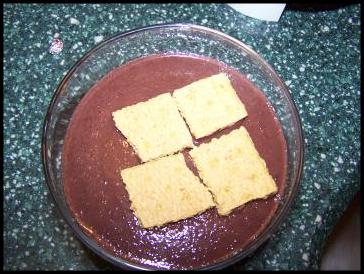
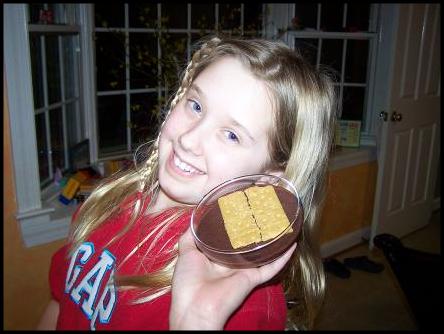
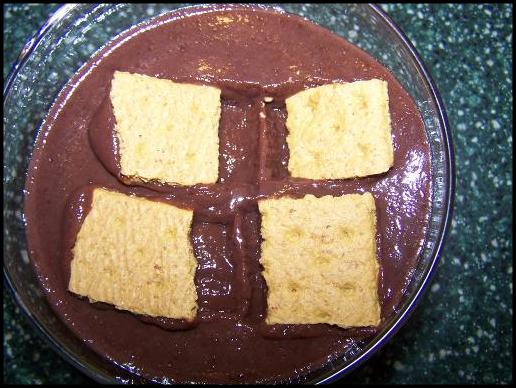
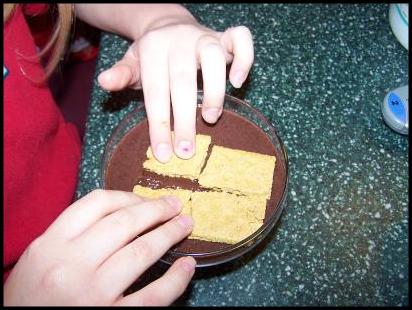
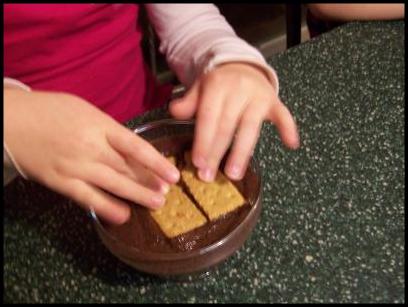
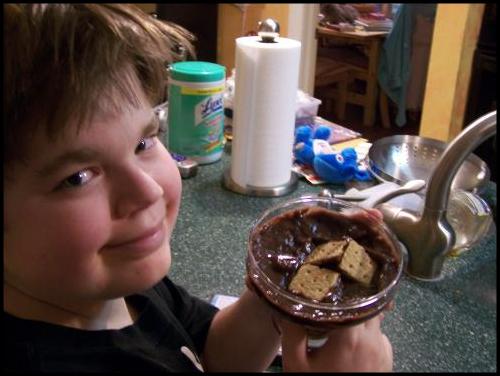
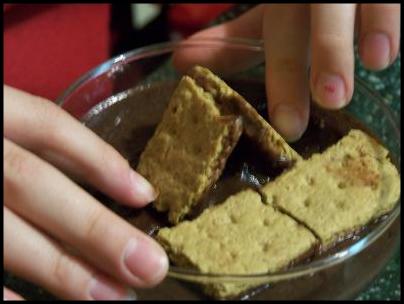


|
See the deep ridge? |


|
Overall, a pretty successful experiment! Tomorrow, we are going to use the cut outs from this website to put together for our own super continent! |